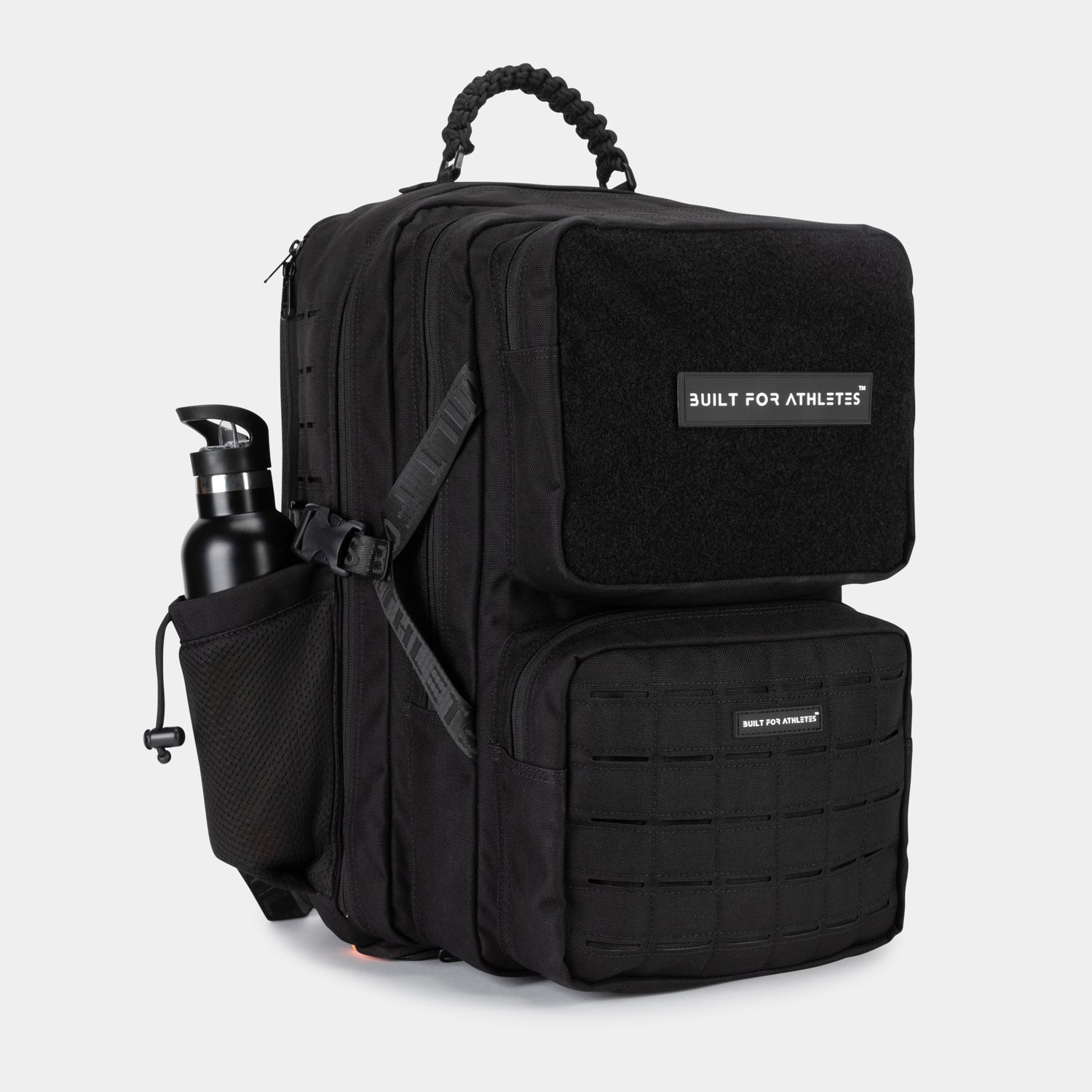Spring Training Adjustments: How to Transition Effectively
As the seasons change, so should your training approach. Moving from winter to spring requires adjustments to optimize performance, prevent injuries, and take advantage of improved weather conditions. Here are five key tips:
1. Gradually Increase Outdoor Running
If you’ve been training indoors or on a treadmill, start incorporating more outdoor runs. Spring weather can be unpredictable, so dress in layers and be prepared for fluctuating temperatures.
2. Adjust Training Intensity
As temperatures rise, gradually reintroduce speed work, hill training, and higher-intensity sessions. A steady progression reduces the risk of injury while improving endurance and performance.
3. Prioritize Strength and Mobility
Enhancing stability, flexibility, and core strength is essential. Incorporate dynamic stretching and mobility drills to support increased training loads and reduce the risk of overuse injuries.
4. Optimize Your Recovery Routine
Warmer weather increases sweat loss, making hydration and electrolyte balance even more important. Adjust your fluid intake to support performance and recovery.
5. Prepare for Race Season
With races approaching, focus on refining your pacing strategy, testing race-day nutrition, and adjusting training intensity to peak at the right time. Regular progress assessments can help ensure you’re on track.
Adapting your training for spring will set the foundation for strong performances and injury-free progression.
























































Partager:
#WOTW: Jake Dearden HYROX Series
#WOTW: Sam Warburton Series